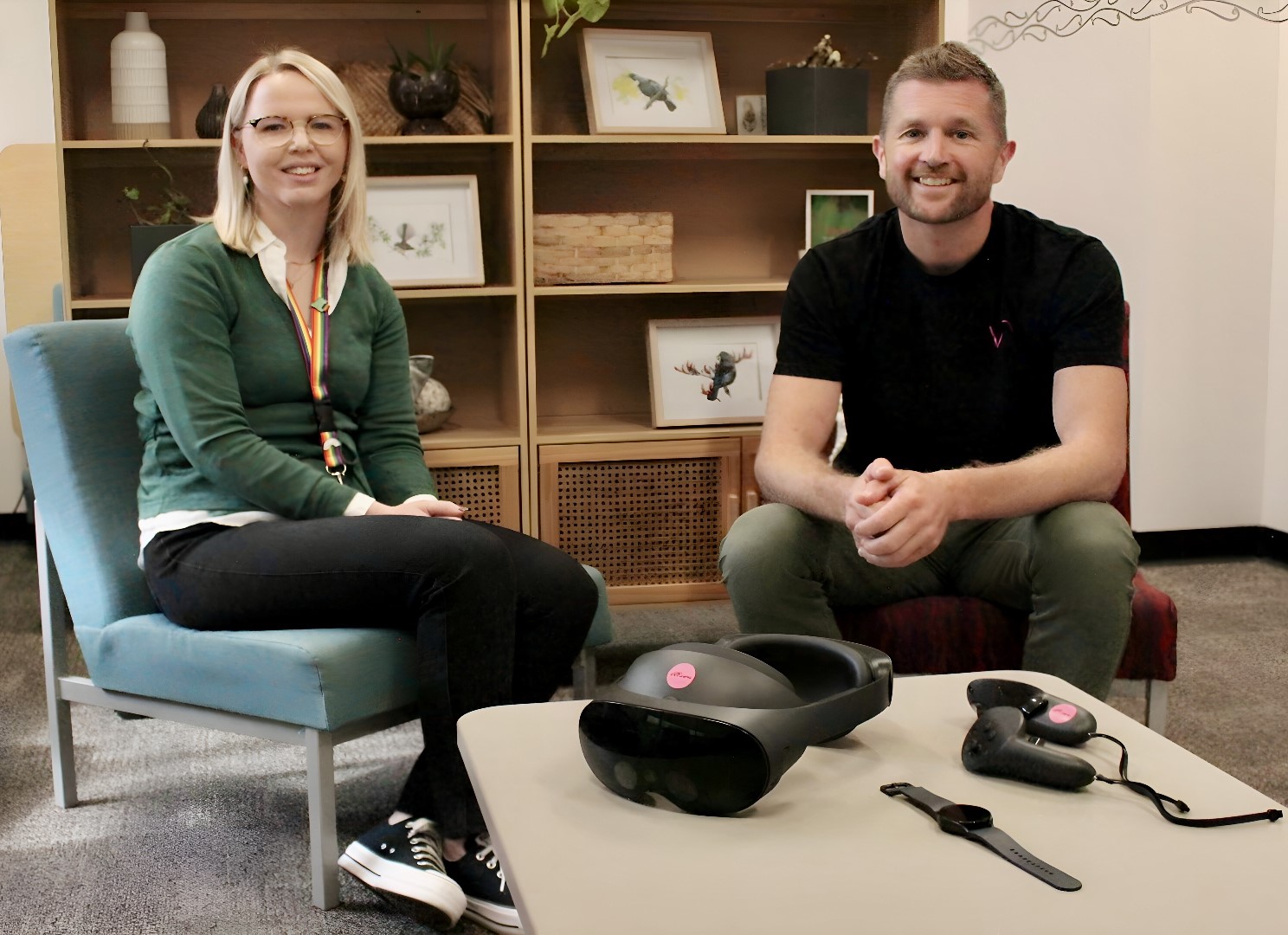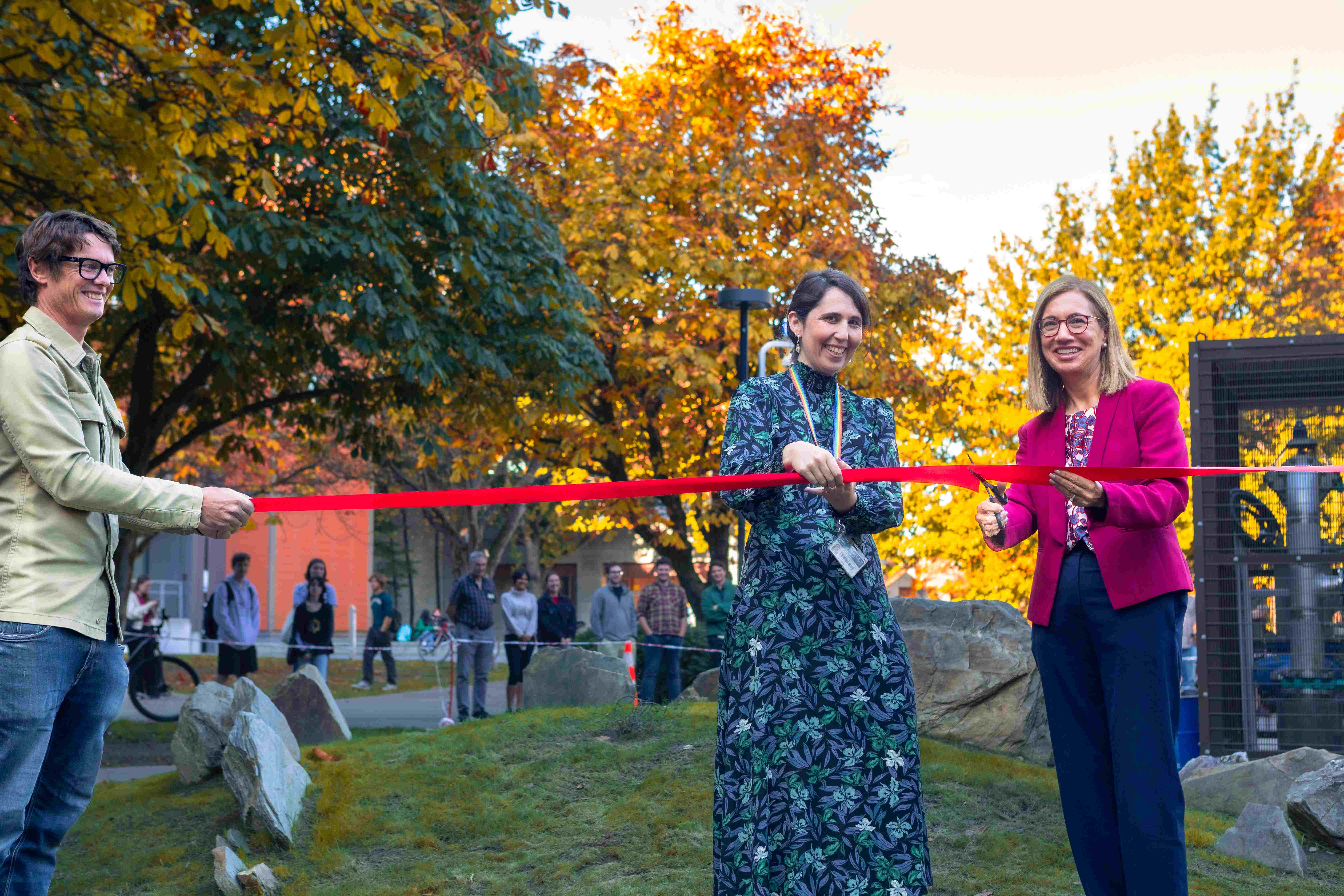Fireballs Aotearoa, a collaboration between astronomers and citizen scientists which aims to recover freshly fallen meteorites, has received a lot of questions about these events. One of the most frequent is about the bright green colour, and whether it is the same green produced by auroras.
Green fireballs have been reported and filmed in New Zealand regularly. Bright meteors often signal the arrival of a chunk of asteroid, which can be anywhere between a few centimetres to a metre in diameter when it comes crashing through the atmosphere.
Some of these asteroids contain nickel and iron and they hit the atmosphere at speeds of up to 60km per second. This releases an enormous amount of heat very quickly, and the vapourised iron and nickel radiate green light.
But is this the same as the bright green of an aurora? For the most recent meteor, the answer is mainly no, but it’s actually not that simple.
The colours of a meteor trail
The green glow of the aurora is caused by oxygen ions in the upper atmosphere, created by collisions between atmospheric oxygen molecules and particles ejected by the sun.
These oxygen ions recombine with electrons to produce oxygen atoms, but the electrons can persist in an excited state for several seconds. In an energy transition known as “forbidden” because it does not obey the usual quantum rules, they then radiate the auroral green light at 557nm wavelength.
A meteor can also shine by this route, but only if it’s extremely fast. Very fast meteors heat up in the thin atmosphere above 100km where auroras form.
If you want to see a green auroral wake from a meteor, watch out for the Perseid meteor shower, which has now started and will peak on August 13 in the southern hemisphere.
Also arriving at about 60km per second, the Perseids are extremely fast bits of the comet Swift-Tuttle. Some Perseids trail a beautiful, glowing and distinctly green wake behind them, particularly at the start of their path.
Once the Canterbury meteor hit on July 22, the capricious winds of the upper atmosphere twisted the gently glowing trail, resulting in a pale yellow glow towards the end. This is caused by sodium atoms being continually excited in a catalytic reaction involving ozone.
Are we being bombarded by meteors?
Yes and no. The arrival of big, booming green meteors and the dropping of meteorites isn’t rare in New Zealand, but it is rare to recover the rock. Fireballs Aotearoa is working to improve the recovery rate.
In an average year, perhaps four meteorites hit New Zealand. We’re encouraging citizen scientists to build their own meteor camera systems so they can catch these events.
By comparing the meteor against the starry background and triangulating images caught by multiple cameras, we can pin down the meteor’s position in the atmosphere to within tens of metres.
Not only does that help us find the rock, but it tells us what the pre-impact orbit of the meteoroid was, which in turn tells us which part of the solar system it came from. This is a rather efficient way of sampling the solar system without ever having to launch a space mission.
Fireballs Aotearoa is rapidly populating Otago with meteor cameras and there are half a dozen more in other parts of the South Island. The North Island isn’t well covered yet, and we’re keen for more people (in either island) to build or buy a meteor camera and keep it pointed at the sky.
Then next time a bright meteor explodes with a boom above New Zealand, we may be able to pick up the meteorite and do some good science with it.
This article was originally published on The Conversation.











